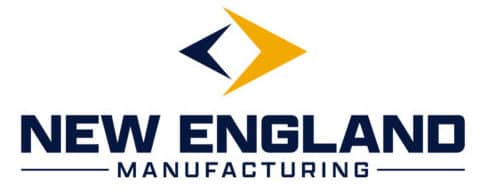Hydraulic Flow Meter Testers: Ensuring Accuracy in Fluid Dynamics
Welcome to the fascinating world of hydraulic flow meter testers, a realm where precision and accuracy are not just goals, but necessities. In industries ranging from manufacturing to aerospace, the ability to measure fluid flow accurately is crucial for system efficiency and safety. This blog post aims to demystify hydraulic flow meter testers, providing a detailed yet accessible guide to their operation, importance, and maintenance. Whether you’re a seasoned engineer, a student of fluid mechanics, or simply curious about how these devices shape our world, this exploration will enhance your understanding and appreciation of these vital tools.
Understanding Hydraulic Flow Meter Testers
The Essence of Hydraulic Flow Meter Testers
At its core, a hydraulic flow meter tester measures the flow rate of fluid in a system. This isn’t just a routine check; it’s a vital aspect of system health. In industries like oil and gas, pharmaceuticals, and automotive, the accuracy of these measurements can mean the difference between optimal performance and costly failures. These testers not only ensure efficiency but also play a critical role in safety, making them indispensable in modern industry.
Types of Hydraulic Flow Meter Testers
Diving deeper into the types of hydraulic flow meter testers, we find a variety designed for specific applications. Positive displacement meters are the go-to for high-viscosity fluids, offering high accuracy. Turbine meters, on the other hand, excel with low-viscosity fluids, providing rapid response times. Ultrasonic and electromagnetic meters offer non-invasive measurement options. This segment will explain these types and others, helping you understand which tester is best suited for your specific application.
Practical Applications
The applications of hydraulic flow meter testers are as diverse as the industries they serve. In water treatment facilities, they monitor and control flow rates to ensure safe and efficient processing. In the automotive sector, they are crucial for fuel management systems, impacting both performance and emission control. Even in the delicate processes of pharmaceutical manufacturing, these testers play a role in ensuring the precise formulation of drugs. This versatility underscores the importance of understanding and choosing the right flow meter tester for your needs. For more details visit us at https://www.nemfg.com/.
Calibration and Maintenance: Key to Precision
Importance of Regular Calibration
Calibration is the heartbeat of a hydraulic flow meter tester’s accuracy. Over time, wear and tear, along with environmental factors, can lead to drifts in readings. Regular calibration aligns the tester with standard measurements, ensuring that the data you rely on reflects the true state of your system. This section will discuss how often calibration should be done, the process involved, and the consequences of neglecting this crucial step.
Maintenance Best Practices
Beyond calibration, routine maintenance is vital for the longevity and accuracy of your hydraulic flow meter tester. This includes regular cleaning to prevent buildup, inspection for wear and tear, and immediate repairs when necessary. This part of the blog will provide a maintenance checklist, tips for troubleshooting common issues, and guidance on when to seek professional servicing.
Factors Affecting Accuracy
Environmental Influences
The accuracy of a hydraulic flow meter tester can be sensitive to its operating environment. Temperature changes can affect fluid properties, while humidity can impact electronic components. Even the location of the tester can influence readings due to vibrations or electromagnetic interference. This segment will explore these environmental factors in detail, offering strategies to minimize their impact.
Fluid Properties and Their Impact
The type of fluid being measured plays a significant role in the accuracy of readings. Viscosity, for instance, can affect the flow rate, while particulate matter in the fluid can cause wear and tear on the meter. This part will delve into how different fluid properties affect meter performance and discuss how to account for these variables in your measurements.
Conclusion
Hydraulic flow meter testers are more than just tools; they are guardians of efficiency and safety in a world driven by fluid dynamics. From understanding their types and applications to maintaining their accuracy through calibration and care, every aspect of these devices is crucial. This blog post has provided a comprehensive overview of hydraulic flow meter testers, equipping you with the knowledge to utilize and maintain these essential tools effectively. As you apply this knowledge, remember that the precision of your hydraulic systems hinges on the accuracy of these humble yet powerful devices.
Read More:
Hydraulic Test Stand
Get in touch with us
Get in touch
We usually respond within 24 hours

